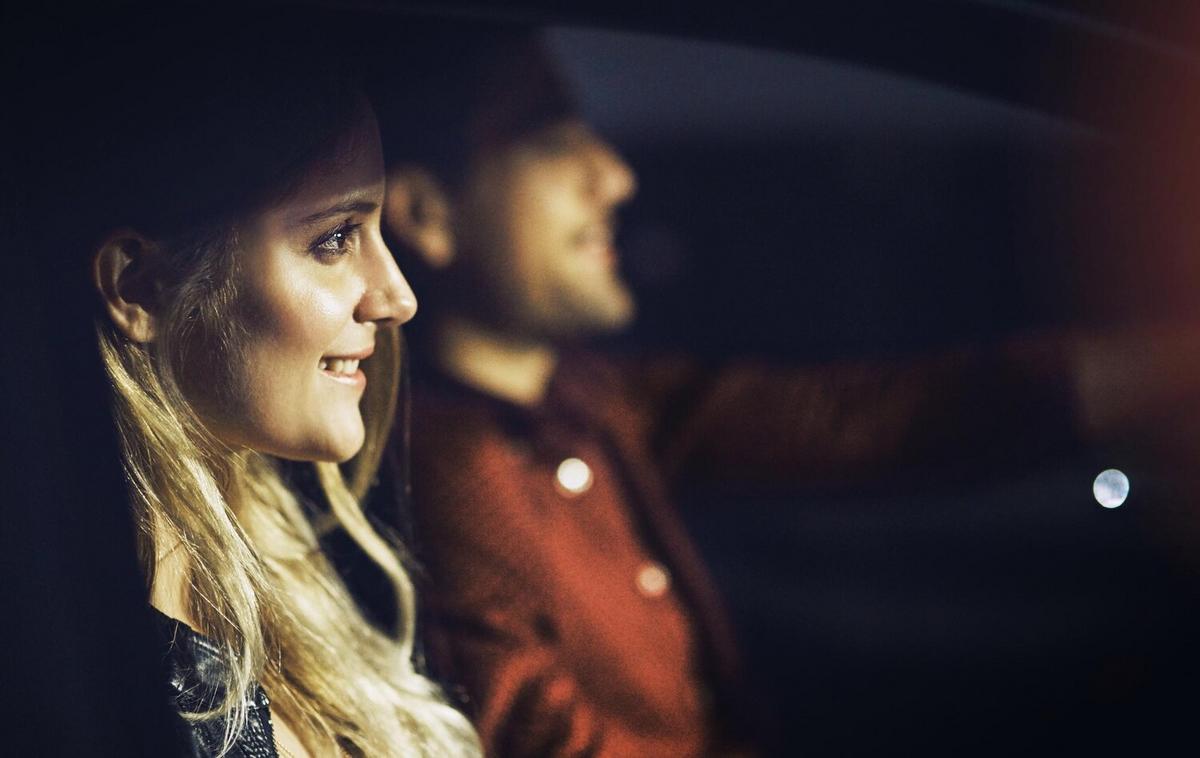
Cinematic Videography: How to Create Stunning Videos
Creating videos that captivate and transport viewers to another world is an art form that combines technical skill with creative vision. Cinematic videography has become increasingly popular, as more people seek to produce videos that are not just seen but felt. In this article, we’ll delve into the essentials of crafting stunning videos that resonate with audiences.
Understanding Cinematic Videography
Cinematic videography is about creating a visual narrative that evokes emotion and tells a story beyond what the eyes see. This approach involves techniques such as meticulous framing, thoughtful lighting, and dynamic camera movements.
The Role of Lighting
Lighting is crucial in setting the mood and tone of your video. According to renowned cinematographer Roger Deakins, “the right lighting can transform a mundane scene into something extraordinary.” Experiment with natural light during the golden hours—shortly after sunrise and before sunset—to achieve a soft, warm glow that enhances your visuals.
Composition and Framing
Effective composition draws the viewer’s eye to the subject and maintains their interest. The rule of thirds is a popular guideline where the frame is divided into nine equal sections, and key elements are placed along these lines or at their intersections. This creates a balanced and engaging composition.
Incorporating Movement
Camera movement adds dynamism to your shots. Techniques such as panning, tilting, and dolly shots can introduce a sense of motion and pace. As filmmaker Christopher Nolan suggests, “Movement should serve the story, not distract from it.”
Expert Insights
According to a study by the Video Marketing Association, videos with a cinematic touch are 50% more likely to be shared on social media than standard videos. This underscores the impact of cinematic videography in digital storytelling.
Practical Tips for Stunning Videos
- Plan your shots in advance with a storyboard to ensure a cohesive narrative.
- Invest in a quality microphone for clear audio, as sound is half of the viewing experience.
- Utilize editing software to refine your footage and add cinematic effects such as color grading.
| Technique | Purpose | Result |
|---|---|---|
| Lighting | Sets mood and tone | Visual enhancement |
| Rule of Thirds | Improves composition | Balanced framing |
| Camera Movement | Adds dynamism | Engaging visuals |
| Storyboarding | Pre-planning shots | Cohesive narrative |
| Sound Quality | Enhances audio | Rich experience |
| Editing | Refines footage | Polished video |
| Color Grading | Stylizes visuals | Cinematic look |
| Natural Light | Softens scenes | Warm glow |
FAQs
What is the most important element of cinematic videography?
While all elements are important, many experts agree that lighting is crucial for setting the mood and enhancing the overall aesthetic of a video.
How can I make my videos more cinematic on a budget?
Focus on mastering lighting, composition, and camera movement. Use natural light creatively and practice framing techniques that do not require expensive equipment.
Conclusion
Crafting cinematic videos requires a blend of technical skills and artistic vision. By focusing on elements like lighting, composition, and movement, you can create stunning visuals that captivate and engage your audience. Remember, the key to cinematic videography is not just in the equipment but in the creativity and passion you bring to each project.